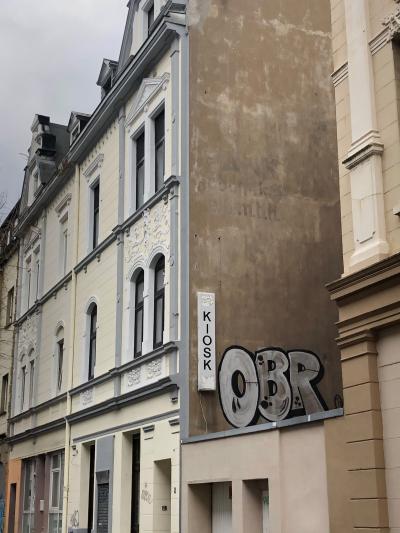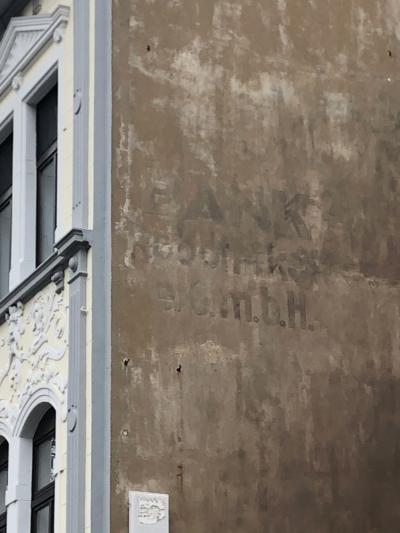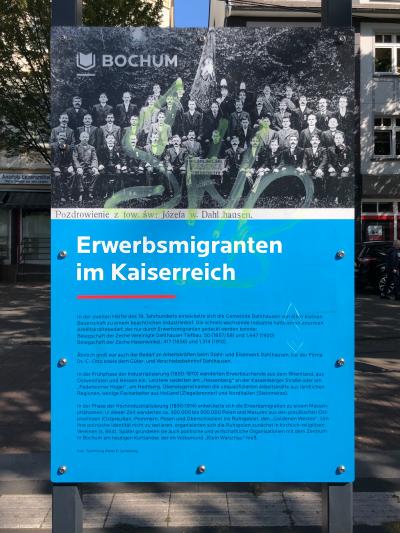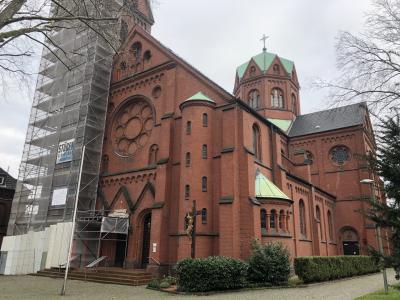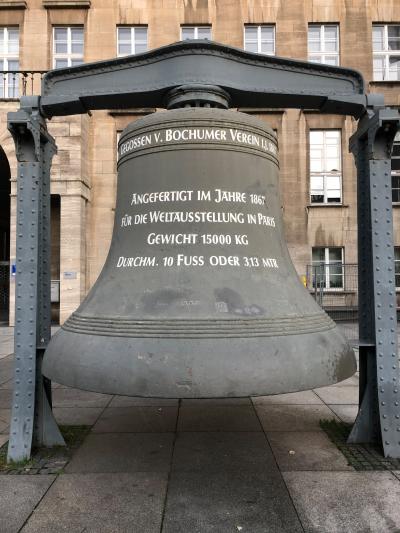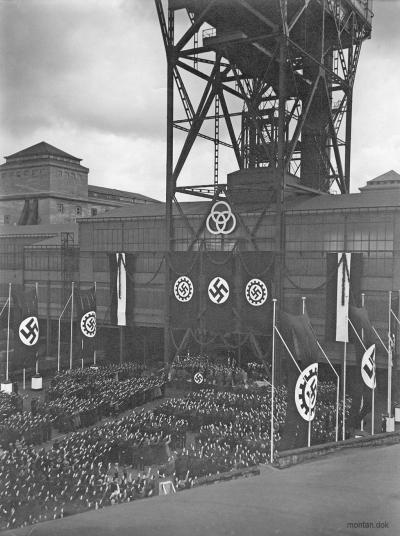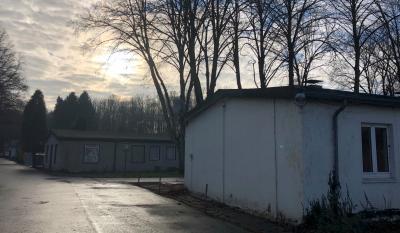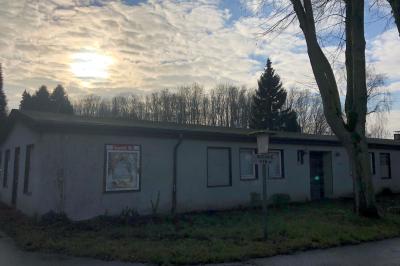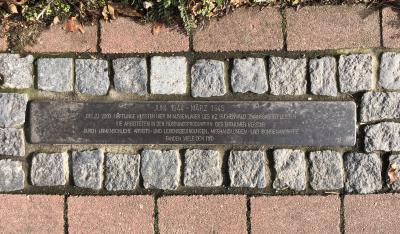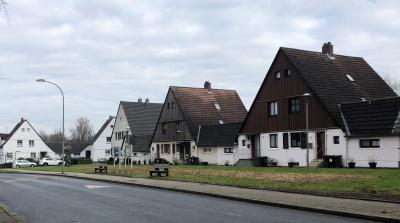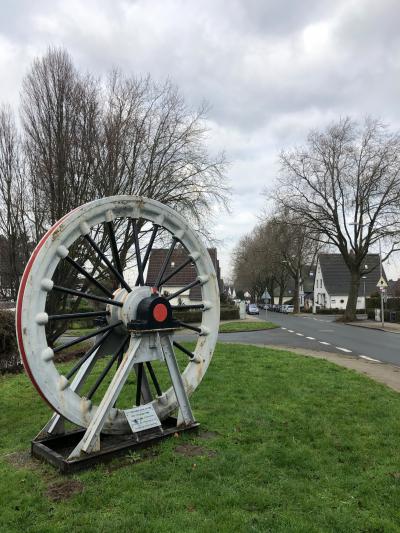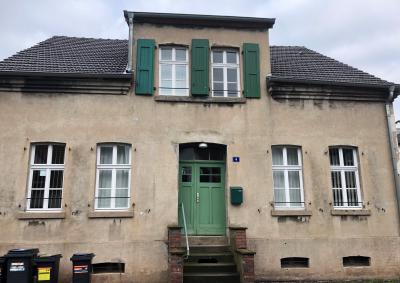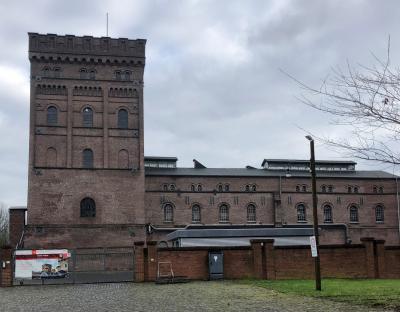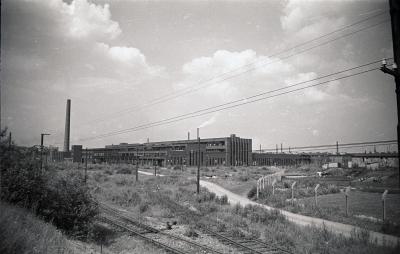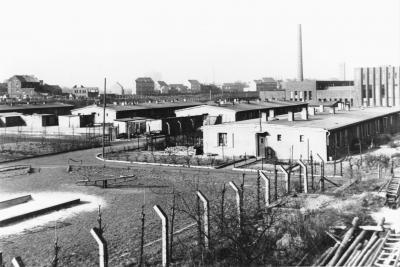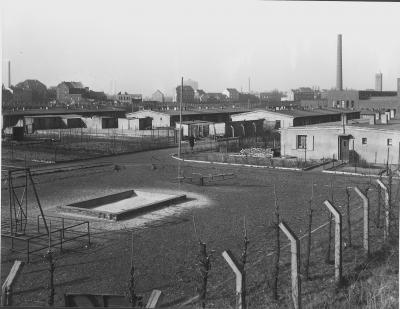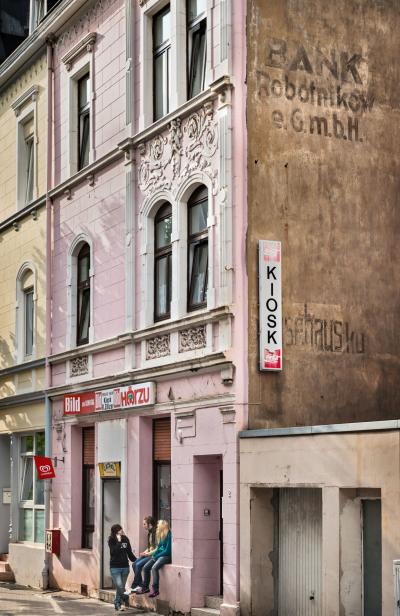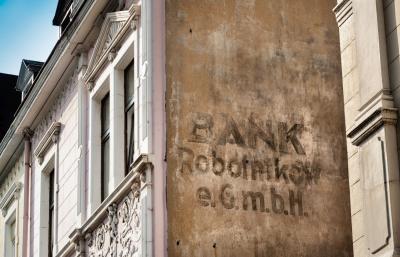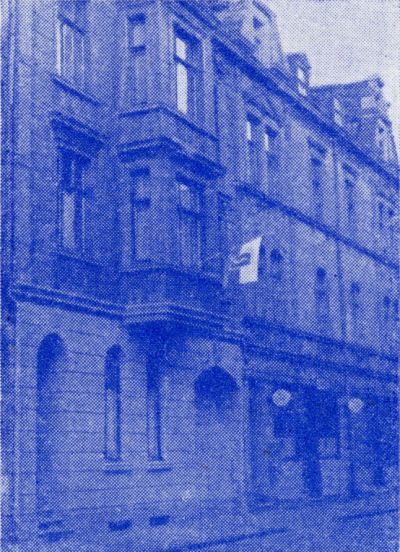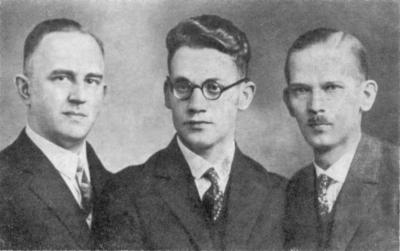About Polish miners, “Polish mines” and “Workers from the East” – A look back at 100 years of the history of Polish workers in Bochum (1871-1973)
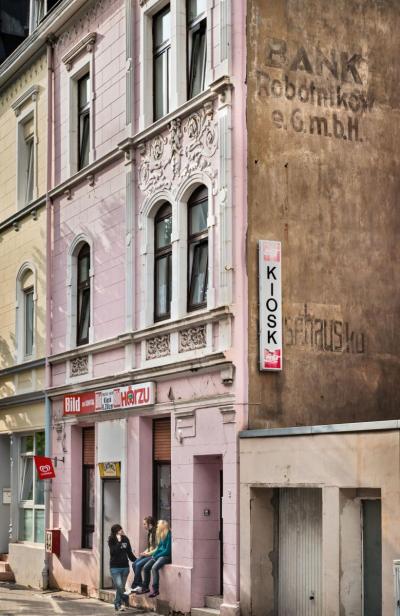
Industrialisation between the 19th and 20th century
From the second half of the 19th century, with the onset of industrialisation, the Ruhr area with its rich coal reserves experienced a great economic upturn. Bochum, with its mines Vereinigte Präsident, Constantin der Große, Hannover, Hannibal, Harpener Verein and Heinrich Gustav, was able to establish itself as the mining centre of the Ruhr area.[1] The boom in the coal and steel industry resulted in an increased demand for workers for the mining industry, both in Bochum and throughout the Rhenish-Westphalian coal region. This prompted mine owners to commission private agents who were to hire suitable workers for the mining industry. These workers were mainly to be found in the Polish-speaking population of the former eastern provinces of Prussia because of the favourable socio-economic baseline. Over time, targeted recruitment and word of mouth brought about chain migration, which developed into internal migration of a magnitude that had been hitherto unknown in the German empire. Between the founding of the empire in 1871 and the beginning of the First World War in 1914, over half a million people migrated from the eastern regions of Prussia to the Rhenish-Westphalian industrial region, which is now known as the Ruhr area. This group of economic migrants is known by the term “Ruhr Poles” because of their Polish origins and because they migrated to the Ruhr area.[2]
With the increase in workers, the population of Bochum grew continuously: Whilst 21,192 inhabitants were recorded in the city in 1871, this number grew to 57,601 in 1890 and to 65,551 in 1900. According to Prussian statistics, in 1890 people of Polish origin made up around 2.4 % of Bochum’s population, with a continued upward trend whose pinnacle was reached in 1910 when 4.6 % of Bochum’s population were Poles.[3] Over time, a kind of momentum of internal migration developed as families followed and more people were recruited by word of mouth from the Polish workers’ home towns: The Ruhr Poles typically settled in their destinations in the Rhenish-Westphalian industrial region based on the regions they came from. In terms of the Bochum region, it is apparent that an overwhelming majority of the Poles came from Eastern Prussia and from the province of Poznań.[4] The age and gender demographics of the Ruhr Poles show that it was predominantly men who migrated to the Ruhr area and the majority of them were between 20 and 30 years of age. By contrast, women made up a much smaller part of the economic migration, but they too were mostly represented by young women between 20 and 30 years of age who were able to work.[5]
In the main, men were employed to carry out particularly demanding physical work and mainly worked in mining and heavy industries. By contrast, the women usually looked after the household but also frequently took up work in the textile and cleaning industries. Both men and women were employed in the various areas involved in agricultural. What is more, women usually took on the role of organising lodgers, the so-called boarders. Most of the Polish workers lived close to the mines in colliery settlements built specifically to house them, and, over time, the sub-letting of rooms and beds became a steady sideline.[6]
[1] cf. Pätzold, Stefan: Bochum. Kleine Stadtgeschichte, p. 85.
[2] The group of Polish people, known collectively as the Ruhr Poles, came from the Prussian provinces of Poznań, East Prussia (including the Polish-speaking Protestants of Masuria), West Prussia, Silesia and southern Ermland;
Scientific research about the Ruhr Poles mainly focuses on male workers as they were the ones specifically recruited to work in the mining industry and were dominant in terms of numbers. Nevertheless, female migrants should also be mentioned at this point because women followed their menfolk to the Ruhr area with their families and also took up work there.
cf. Skrabania, David: Die Ruhrpolen, in: https://www.porta-polonica.de/de/atlas-der-erinnerungsorte/die-ruhrpolen?page=1#body-top.
[3] cf. Kleßmann, Christoph: Polnische Bergarbeiter im Ruhrgebiet 1870-1945. Soziale Integration und nationale Subkultur einer Minderheit in der deutschen Industriegesellschaft, p. 267;
Pätzold, Stefan: Bochum. Kleine Stadtgeschichte, p. 87.
[4] cf. Murzynowska, Krystyna: Die polnischen Erwerbsauswanderer im Ruhrgebiet während der Jahre 1880-1914, p. 47 f.
[5] In 1890, for every 100 men that migrated, 39.7 women migrated. This number grew as migration increased and families followed, so that in 1910 there were 76.8 women to every 100 men;
cf. Kleßmann, Christoph: Polnische Bergarbeiter im Ruhrgebiet 1870-1945. Soziale Integration und nationale Subkultur einer Minderheit in der deutschen Industriegesellschaft, p. 268;
cf. Murzynowska, Krystyna: Die polnischen Erwerbsauswanderer im Ruhrgebiet während der Jahre 1880-1914, p. 39.
[6] cf. Murzynowska, Krystyna: Die polnischen Erwerbsauswanderer im Ruhrgebiet während der Jahre 1880-1914, p. 51 f.
